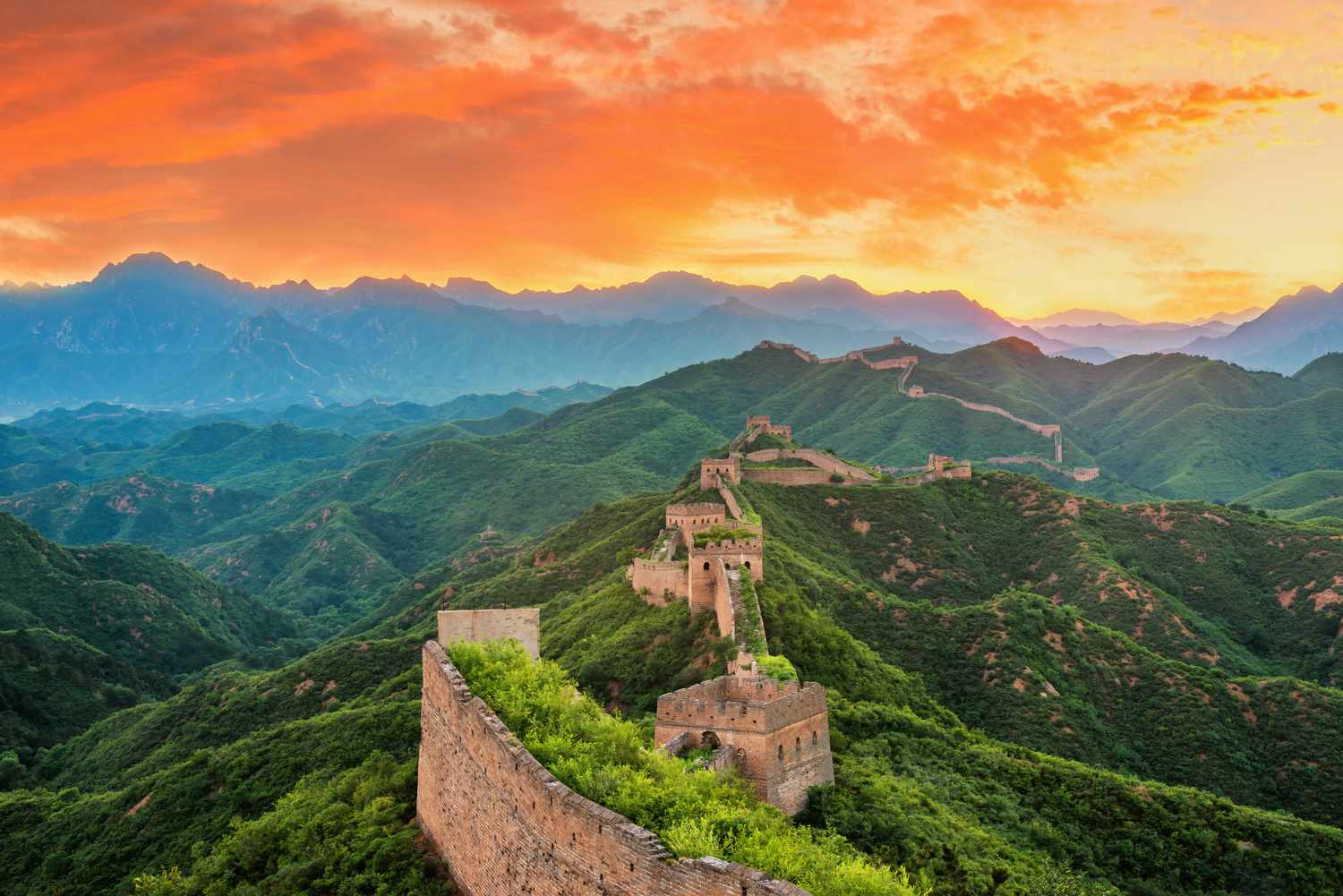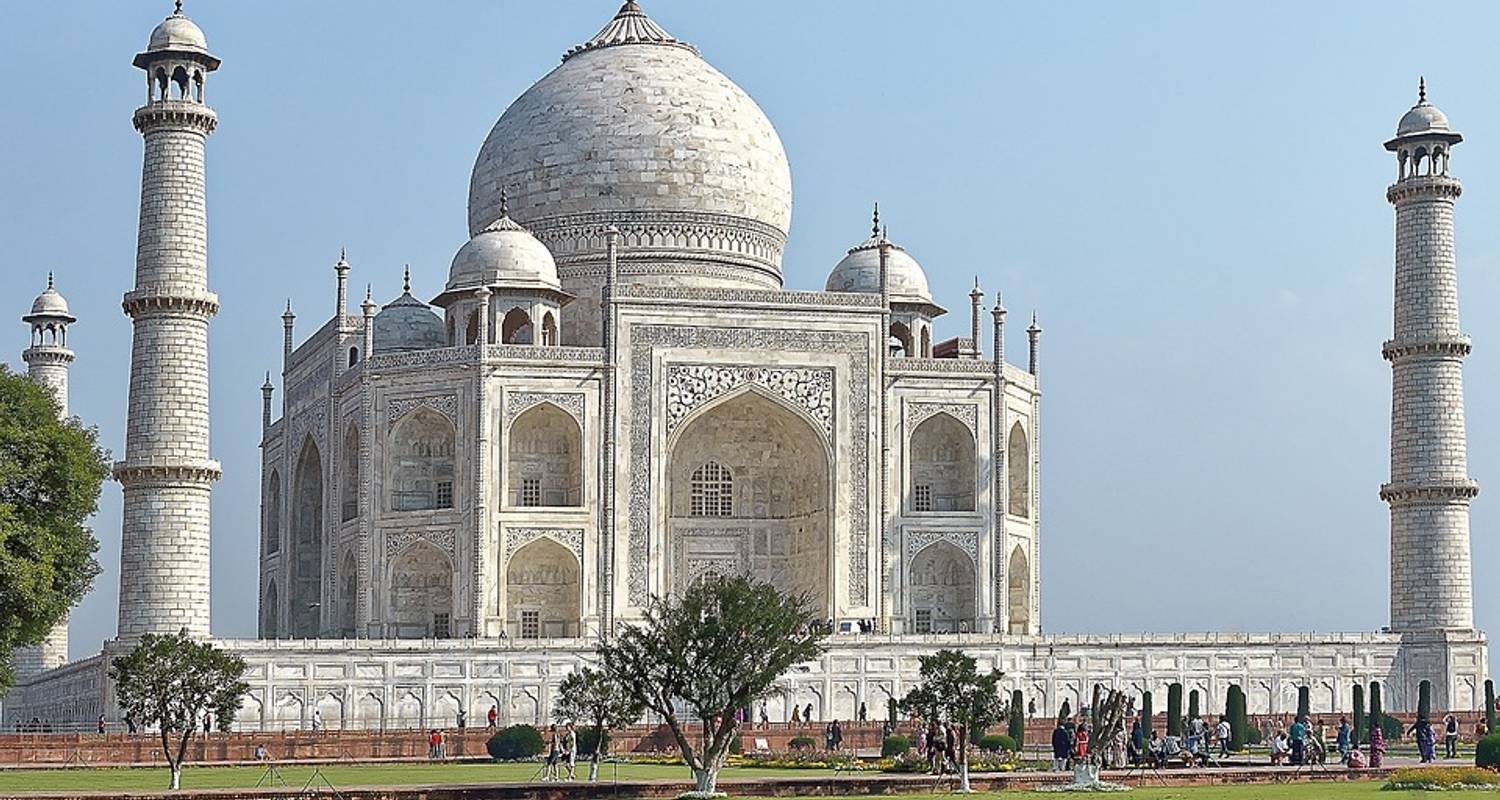Essential Phnom Penh Tours 3-Days
Welcome to Phnom Penh! The capital city of Cambodia lies at the confluence of the Mekong, Tonle Sap and Bassac rivers. Phnom Penh was regarded by many as the most beautiful of all the French-built cities in Indochina and so was formerly called the pearl of Indochina. It was a bustling commercial center during the French occupation, but the years of war crushed it to a field of ruins before becoming a ghost city during the Khmer Rouges period. It’s only since the 90’s that the city really began to recover and today it has reestablished itself as the political and financial center of the country. Its rich historical past can be traced to some Khmer and French influence evidence such as many ornate Khmer–style temples and some grand colonial buildings.
Itinerary
Day 1 – Phnom Penh City
Pick up from your hotel in Phnom Penh or Phnom Penh Airport, we will visit the Royal Palace situated on the site of the former citadel. It was built by king Norodom in 1966, in front of the Mekong. Inside its walls are the throne hall, the Chan Chaya Pavilion, used for performances of classical dance, the Napoleon III Pavilion, and the king’s and Queen’s residential quarters.
We will also visit the Silver Pagoda – called the Pagoda of the Emerald Buddha – located in the walls of the Royal Palace. Inside, its floor is made up of 5,000 silver blocks. In the center of the Pagoda, there is a magnificent 17th-century emerald Buddha statue made of baccarat crystal. The walls enclosing the pagoda are covered with frescoes depicting episodes from the Reamker, the Khmer version of the Ramayana. We will continue to the National Museum – near the Royal Palace – which offers a charming setting for the display of a stunning collection of Khmer art. Predominantly worked in stone, the sculptures date from both the Angkorean and pre-Angkorean eras, complimented by more recent examples of Cambodian art.
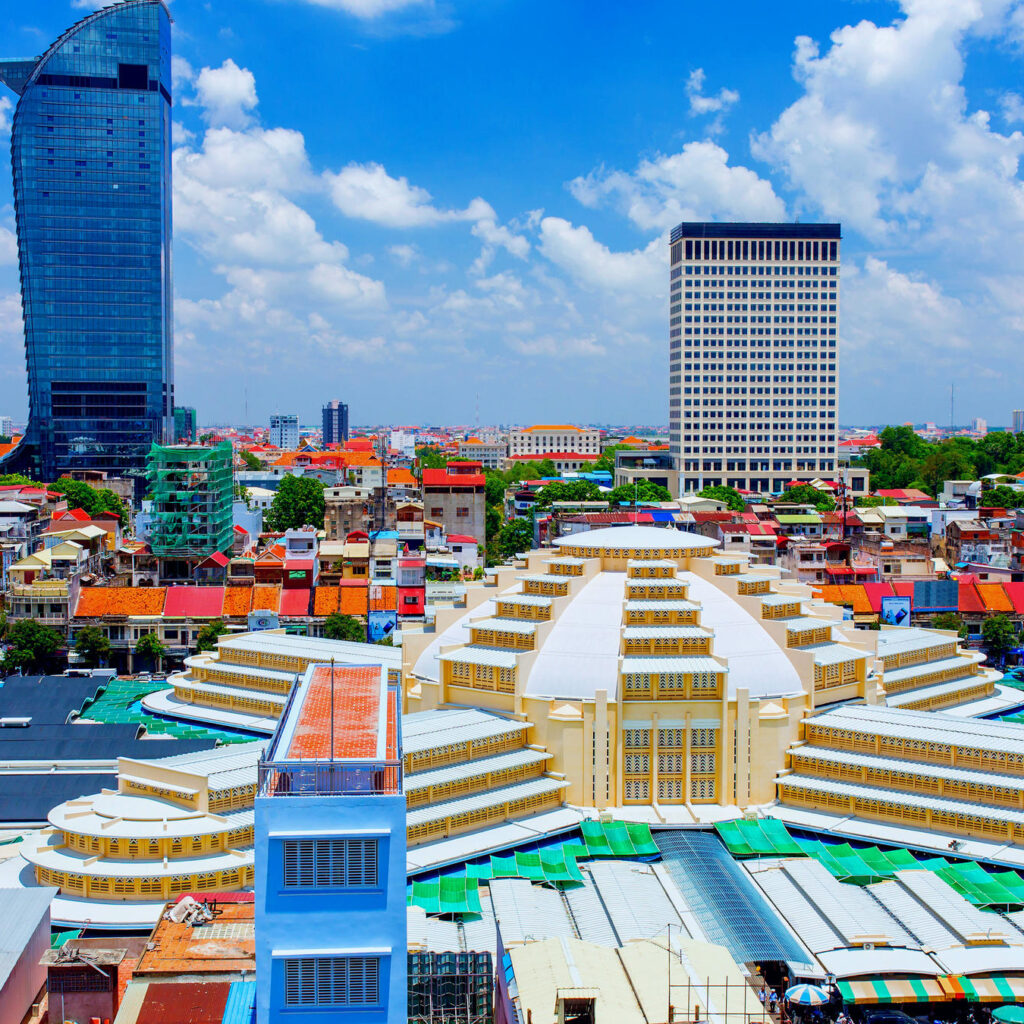
In the afternoon we can explore the Central Market (Psar Thmei) located in (and around) a representative yellow French-colonial art-deco dome (built 1937) full of stalls selling all kinds of items, from gold jewelry to false antiques, from Taiwanese electronics to false Swiss swatches, every traditional Khmer handicrafts such as krama and other silk scarf, wood and stone carvings, basketry as well as books, clothes and souvenirs. The big fresh food section, presenting immaculate rice boxes, colorful vegetables, and glittering sea-food will ravish the photographers. Then, we will walk along the Tonle Sap River on the beautiful Sisowath Quay, where Khmer families stroll and sit in the cool of the evening. Across the road stands an unbroken chain of splendid colonial buildings, today homes of western bars and restaurants. Return to your hotel after tours.
Day 2 – Phnom Penh City
Pick up from your hotel, then will visit Wat Phnom, a temple on the top of the only hill (27 meters high) of Phnom Penh. The first monastery was founded there in 1372 by a wealthy Khmer lady called Penh, to house the four statues of Buddha she found hidden inside a trunk washed onto the riverbank of the Mekong by floodwaters. It is the place from where the city takes its name, as Phnom means hill in Khmer language.
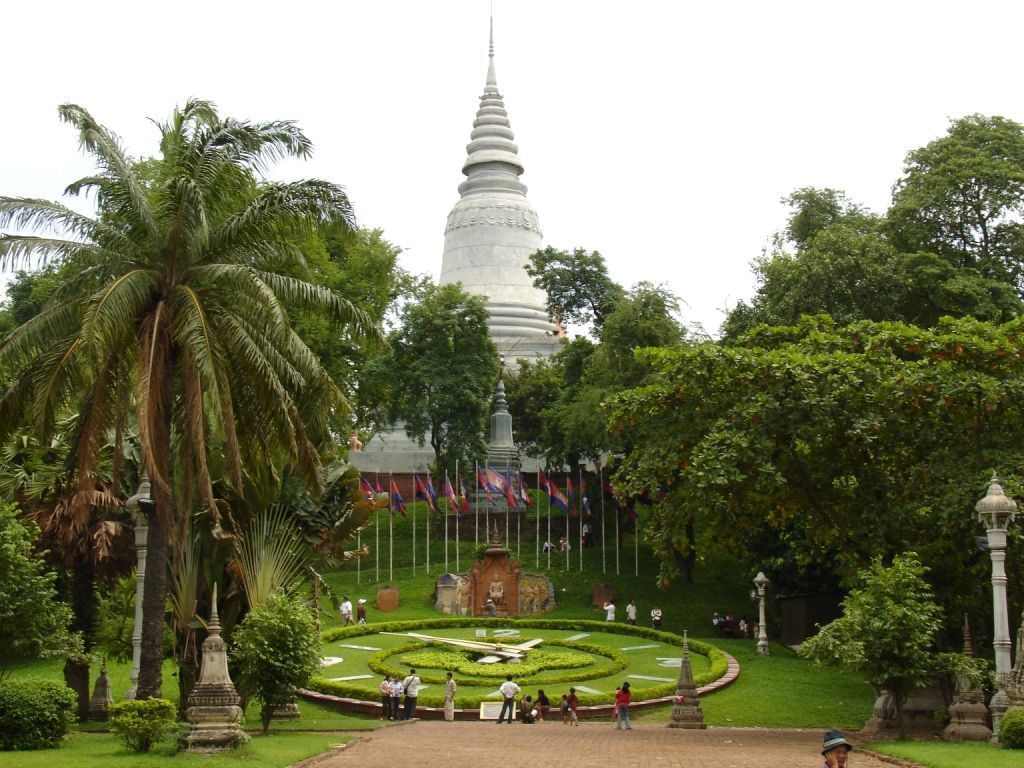
Continue your visit to the Independence Monument. Erected in 1958 to commemorate the end of the French protectorate (in 1953), the architect took inspiration from the central tower of Angkor Wat to built it. Today, it mostly serves as a monument to Cambodia’s war dead. We will make a stop at the near Wat Lank Ka, a beautiful pagoda restored in Khmer style further to the Khmer Rouge’s destruction, and populated with friendly monks.
Afternoon, continue our tour to the Choeng Ek killing fields and the Tuol Sleng genocide Museum. This former high school in the suburbs of the capital was converted to a detention and torture center – known as Toul Sleng or S21 – by the Khmers Rouges when they came to power in 1975. A genocide museum was established at Toul Sleng after 1979 and today it remains as it looked when abandoned by the Khmers Rouges. The pictures of hundreds of faces of those tortured there line the walls inside the old school. Most of the 17’000 people detained at Toul Sleng were eventually transported to Choeung Ek, a mass gravesite known to the locals as the Killing fields after the popular movie of Roland Joffre. Choeung Ek also serves as a memorial to those killed under the Khmers RougeRouges’.
Day 3 – Phnom Penh City
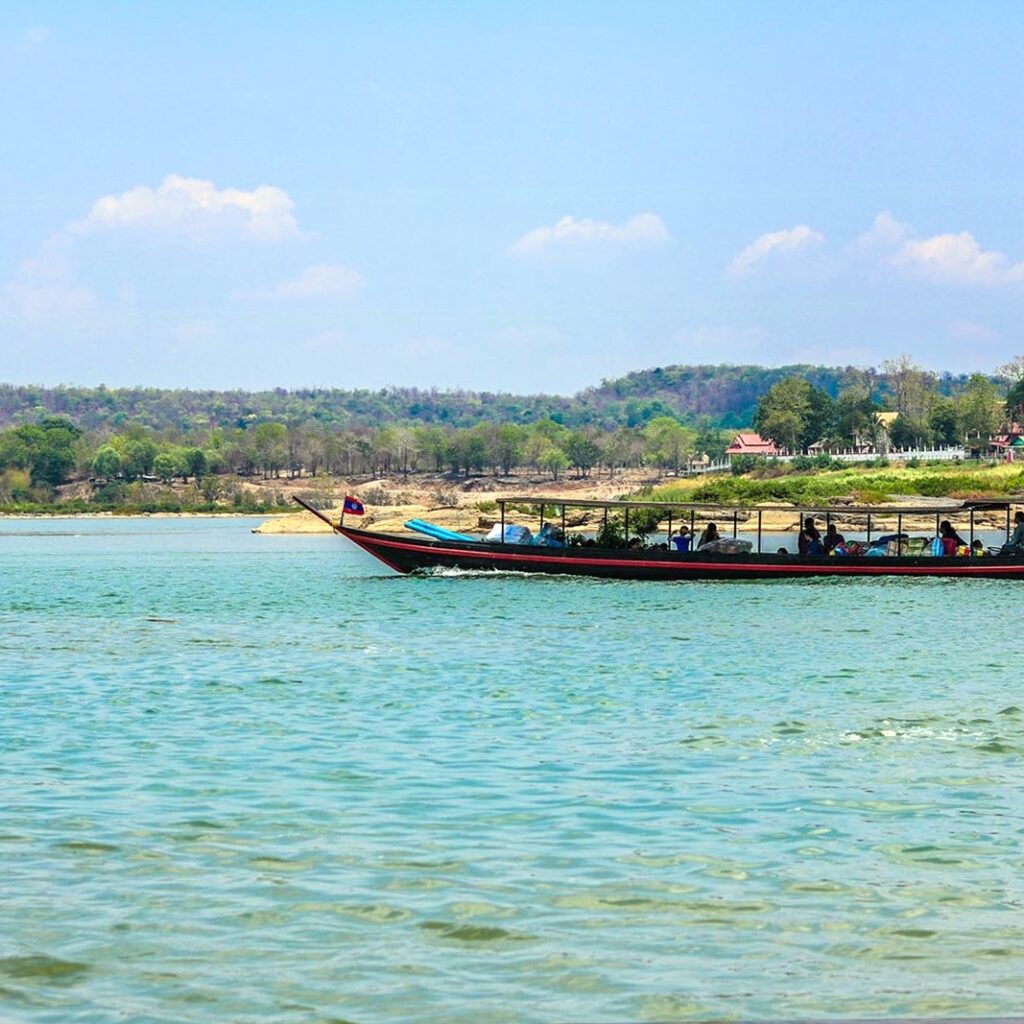
Pick up from your hotel, then we will take you to the ferry pier to cross Mekong River to Koh Dach, an island situated 15 km north of the city on the Mekong River. The five villages of this 12-km-long island are mostly home to farmers who cultivate beans, corn, sesame seeds, peanuts and banana crops. However, Koh Dach is famed for its weaving and it is pleasant place to observe the weavers, but also the carvers and the potters, on work. On the dry season, as the shore recedes, the island provides a nice sandy beach for swimming and relaxing (dry season from Jan-May). Thatch huts line the shores and are a good spot for a drink.
In the end, we will come back to the city where the tour ends around lunchtime or after lunch. End Essential Phnom Penh Tour
Pickup Time
Pick up time choices: 07AM, 08AM, 09AM and 10AM, please choose one in below box.
Pickup Point
Pick up from your hotel in Phnom Penh or From Phnom Penh International Airport.
Tour Included
- Daily hotel pick up and drop off
- Private Air-con vehicle during tours
- An experienced English-speaking Tour Guide
- The services of local guides at some sites
- All entrance fees as per prog
- Cold bottled water during tours
Tour Excluded
- Accommodation on twin sharing basis and meals as stated in the itinerary
- Personal travel insurance (compulsory!)
- Other meals
- Expenditure of a personal nature
- Drinks & tips

